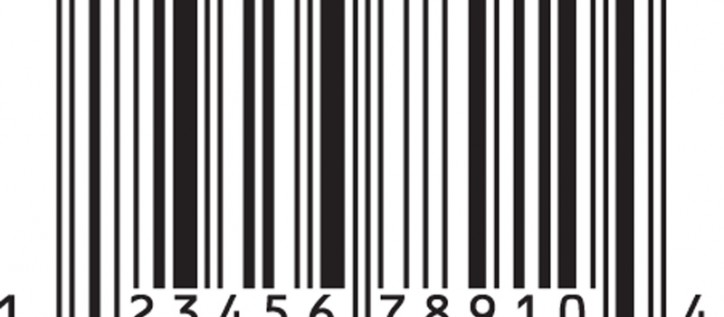
Understanding How Barcodes Work Makes It Easy To Appreciate The Benefits
If you were to walk into your local convenience store and pick up a random item, you can almost guarantee that it displays a Universal Product Code (UPC) or simply, a bar code. UPC barcodes are those little boxes printed on products that are made up of black and white parallel lines of different widths and heights.
UPC barcodes also contain a series of numbers underneath the parallel lines, typically between 10 and 25. Many counties have adopted the UPC bar code including Canada, New Zealand, the United States and the United Kingdom. The UPC bar code has become part of everyday life, and they can be found on everything from candy bars to flat screen televisions. Here’s a look at how this intricate process works.
The Code
The UPC barcode was originally created to speed up the checkout process at stores. Over the years it has grown into a globally accepted system that everyone has become familiar with. UPC barcodes include a series of essential numbers. The bar code number consists of two parts, the first part comprises the manufacturer number. Each manufacturer will have a number specific to their company. The remaining half of the UPC code is made up of your item number. Together these numbers form a unique UPC code.
Barcodes that are parallel lines and numbers are 1-D barcodes. But some are made up of different shapes, patterns, and designs are called 2-D barcodes. 2-D bar codes are much more detailed and can contain up to 2,000 characters of information. These types of bar codes are often used for government identification such as driver’s licenses and health cards. This system has changed the way companies itemize their stock, and continues to be a vital part of many businesses.
How does it work?
UPC barcodes act as an algorithmic name tag. Each parallel bar and number represents a specific character. The characters together create a text. When a bar code is scanned the machine (scanner) processes the visual pattern (text), and sends it to the stores main Point of Sales (POS) computer. The information is then relayed back to the machine, which will display on the POS screen; thus giving the user the exact price of the item instantly.
UPC barcodes have been making our lives easier since conception. What had started out as means of speeding up check out times has turned into a significant business tool.
UPC barcodes can be scanned virtually instantly with a barcode scanner. This video of the KoamTac KDC30 wireless bluetooth scanner is exemplary of such a device.
For more information on new technology, accessories and business tools click here.
Try our free online Barcode Generator.



